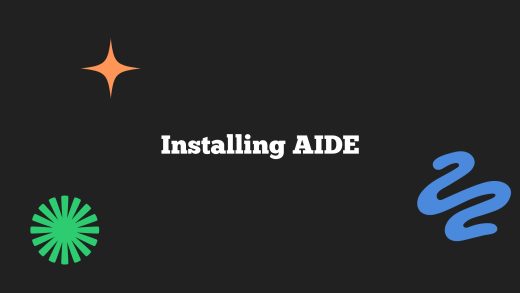The Internet’s domain name system (DNS) evolved in the early ’80s as new networking protocols developed, making it easy to find a particular site by using a structured system of elements. Those elements, also known as uniform resource locators (URLs), consist of a protocol, a host name, and a domain. For example, in https://enterthegroup.com/, http is the protocol (it stands for hypertext transfer protocol), www is the host name, and enterthegroup.com is the domain. (Domains always consist of at least two parts: the top-level domain–com, in this case–comes last, while one or more subdomains precede it.) The end result? Another acronym: you’ve got an FQDN (fully qualified domain name).
Find codes for top-level U.S. domains and subdomains as well as foreign country codes. There are seven top-level domains in the United States (each a two- or three-letter code), for everything from commercial entities to nonprofit organizations to government agencies. (The White House, for example, is a government agency, so its domain is whitehouse.gov.) Because the United States played such a strong role in developing the DNS, the system arrogantly assumes that the lack of a country code designates the United States. Every other country in the world uses a two-letter country code as the top-level domain name (such as uk for the United Kingdom). Although it’s not required, many entities in the United States do use us as a top-level domain, preceded by federal, state, or other codes. (For example, ci.boston.ma.us is Boston’s city government domain.) Click on the image at the left for lists of U.S. and foreign domain codes.
For a while InterNIC allowed individuals in the United States to register only under the com and us domains. You could try to get away with net or org (click on the DNS codes image above to see what they mean), but the burden of proof was upon you to prove your qualifying status. You could especially attract attention if you applied for, say, whatever.com, find that it’s taken, and then apply for whatever.net. It’s easier to stick with com or us.
The first step is making sure nobody else has snagged the name you want.


